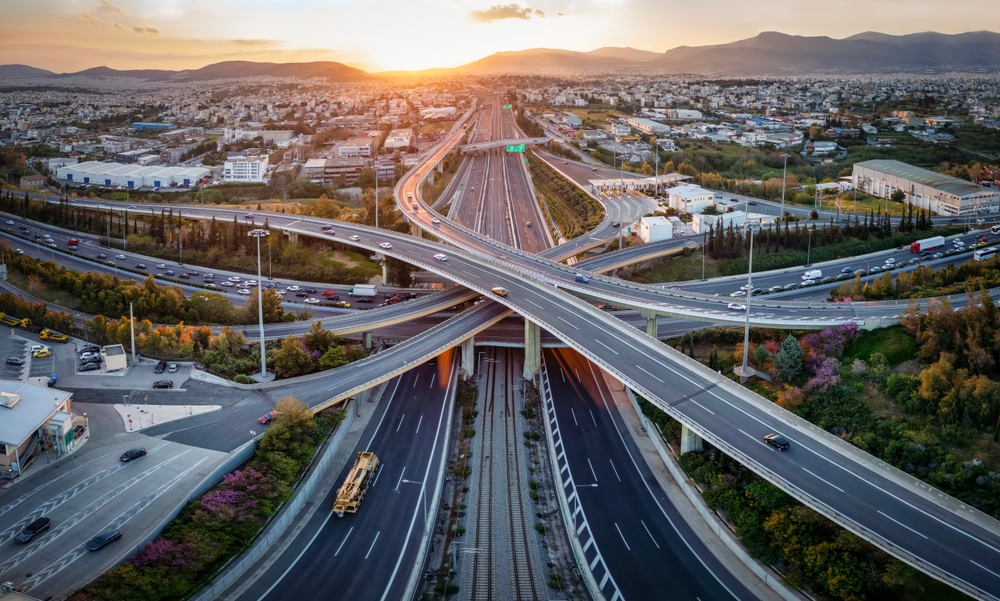The Role of Innovation in Transportation
Transportation is a cornerstone of modern society, connecting people, goods, and services across vast distances. As the world continues to evolve, innovation in transportation plays a crucial role in shaping how we live, work, and interact. By 2025, advancements in technology and sustainable practices are driving transformative changes in this sector, making transportation faster, safer, more efficient, and environmentally friendly. This article explores the pivotal role of innovation in transportation through three key aspects: technological advancements, sustainability efforts, and the future outlook.

Technological Advancements Transforming Transportation
Innovation in transportation has always been closely linked to technological progress. From the invention of the wheel to the steam engine, and now to autonomous vehicles and hyperloops, technology continuously redefines what is possible.
Autonomous and Connected Vehicles
One of the most significant breakthroughs in recent years is the development of autonomous vehicles (AVs). Self-driving cars, trucks, and buses use a combination of sensors, cameras, and artificial intelligence (AI) to navigate roads without human intervention. By 2025, many cities worldwide have integrated AVs into their transportation networks, leading to reduced traffic accidents, improved traffic flow, and lowered operational costs for logistics companies.
Connected vehicle technology also enables cars to communicate with each other and with infrastructure, such as traffic lights and road sensors. This Vehicle-to-Everything (V2X) communication enhances road safety by providing real-time information about hazards, traffic conditions, and optimal routing.
High-Speed and Alternative Transport Modes
Innovation extends beyond road vehicles. The introduction of high-speed rail networks and concepts like the hyperloop—a proposed ultra-fast transportation system using vacuum tubes—promise to revolutionize long-distance travel. These technologies offer the potential to drastically reduce travel times and alleviate congestion in air and road travel.
Electric vertical takeoff and landing (eVTOL) aircraft are also emerging as a new form of urban mobility. These electric-powered drones can transport passengers and cargo over short distances, bypassing ground traffic and providing efficient last-mile connectivity.
Sustainability as a Driving Force
As climate change becomes an increasingly urgent global challenge, innovation in transportation is vital to reducing carbon emissions and promoting environmental sustainability.
Electrification and Renewable Energy Integration
The shift from fossil fuel-powered vehicles to electric vehicles (EVs) is one of the most visible sustainability trends in transportation innovation. By 2025, EVs have become mainstream, supported by advancements in battery technology that provide longer ranges and faster charging times. Governments and private sectors have invested heavily in building comprehensive charging infrastructure, making EV ownership more accessible and convenient.
In addition to electrification, integrating renewable energy sources into transportation systems is gaining momentum. Solar-powered charging stations, wind energy-driven rail systems, and biofuel-powered aircraft are examples of how innovation is reducing the carbon footprint of transport networks.
Sustainable Urban Mobility Solutions
Urban transportation is a major contributor to greenhouse gas emissions. Innovative solutions such as bike-sharing programs, electric scooters, and expanded public transit systems help reduce reliance on private vehicles. Smart city initiatives leverage data analytics and IoT (Internet of Things) technologies to optimize traffic management, reduce congestion, and encourage the use of greener modes of transport.
Moreover, the concept of Mobility as a Service (MaaS) integrates multiple transportation options into a single platform, enabling users to plan and pay for multimodal trips seamlessly. This reduces the need for car ownership and promotes shared, sustainable mobility.
The Future Outlook: Challenges and Opportunities
While innovation offers tremendous benefits, it also presents challenges that must be addressed to fully realize its potential in transportation.
Infrastructure and Regulatory Frameworks
The rapid pace of technological change requires corresponding updates in infrastructure and regulations. Roads, airports, and transit hubs need to be adapted to support new vehicle types, such as AVs and eVTOLs. Likewise, clear safety standards, data privacy protections, and liability frameworks must be established to govern the operation of autonomous and connected systems.
Equity and Accessibility
Innovation in transportation must be inclusive to ensure that all segments of society benefit. This involves designing affordable, accessible solutions for people with disabilities, those in rural areas, and economically disadvantaged communities. Addressing the digital divide is also critical, as many innovations rely on smartphone apps and digital platforms.
Embracing a Holistic Approach
The future of transportation depends on integrating technological innovation with environmental sustainability and social equity. Public-private partnerships, international cooperation, and community engagement are essential to developing transportation systems that are resilient, adaptive, and aligned with broader societal goals.
Conclusion
Innovation in transportation is reshaping the way we move, creating opportunities for greater efficiency, safety, and sustainability. By 2025, advancements such as autonomous vehicles, electrification, and smart urban mobility are not only transforming the transportation landscape but also addressing critical challenges like climate change and urban congestion. As we look ahead, continued innovation combined with thoughtful policy and inclusive planning will be key to building a transportation future that benefits everyone and supports a thriving global society.
Disclaimer: All content, including text, graphics, images and information, contained on or available through this web site is for general information purposes only. The information and materials contained in these pages and the terms, conditions and descriptions that appear, are subject to change without notice.




